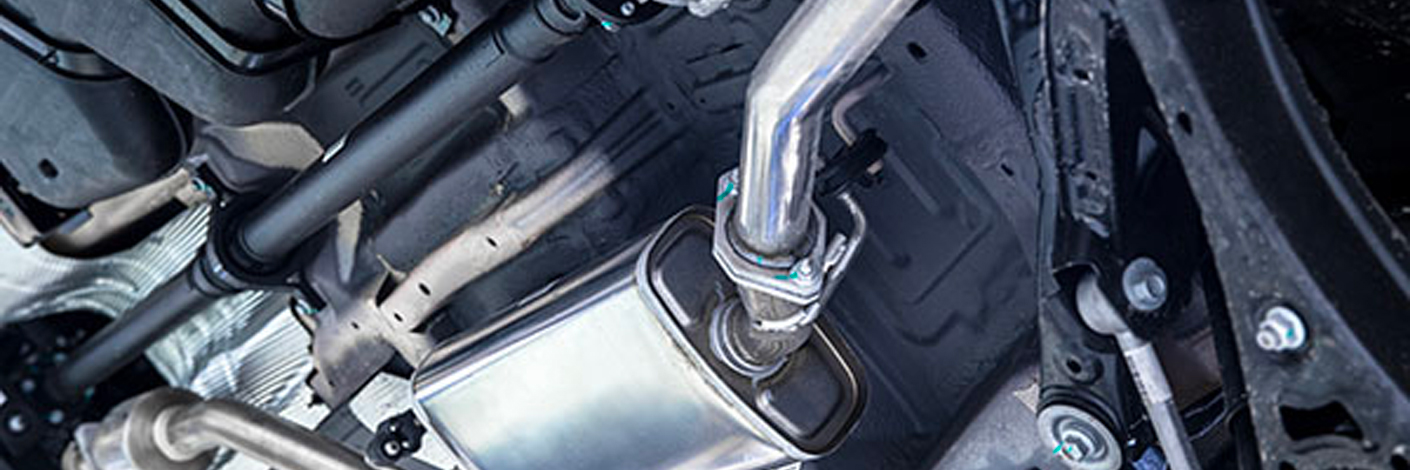In this blog, we will look over what the catalytic converter actually is, how it works, and how it makes the CO2 produced by your engine safe for the environment. Let’s first start with what it is:
UNDERSTANDING THE CATALYTIC CONVERTER
The catalytic converter is a device installed in the exhaust system of vehicles. It consists of a metal housing with a honeycomb-like structure made of ceramic or metal. This honeycomb structure is coated with precious metals, typically platinum, palladium, and rhodium, which act as catalysts in the conversion process.
THREE-WAY CATALYTIC CONVERTER
The most common type of catalytic converter used in vehicles is the three-way catalytic converter. It is designed to reduce three primary pollutants present in exhaust gasses:
- Oxides of Nitrogen (NOx): The catalytic converter helps convert nitrogen oxides into nitrogen gas (N2) and oxygen (O2), reducing their harmful effects on air quality and human health.
- Carbon Monoxide (CO): Carbon monoxide is a toxic gas produced during incomplete combustion. The catalytic converter facilitates the conversion of carbon monoxide into carbon dioxide (CO2), a less harmful greenhouse gas.
- Hydrocarbons (HC): Hydrocarbons are unburned fuel particles emitted during combustion. The catalytic converter aids in oxidizing hydrocarbons into carbon dioxide (CO2) and water (H2O), minimizing their impact on the environment.
HOW DOES IT MAKE EXHAUST GASSES SAFER?
Inside the catalytic converter, there are two distinct catalysts, namely the reduction catalyst and the oxidation catalyst. The reduction catalyst facilitates the conversion of nitrogen oxides (NOx) into nitrogen (N2) and oxygen (O2) through a process called reduction, as mentioned above. The oxidation catalyst, on the other hand, helps convert carbon monoxide (CO) and hydrocarbons (HC) into carbon dioxide (CO2) and water (H2O) through oxidation.
OXYGEN SENSOR
To ensure efficient operation, the catalytic converter works in conjunction with an oxygen sensor. The oxygen sensor measures the oxygen content in the exhaust gases and relays the information to the vehicle’s engine control unit (ECU). Based on this feedback, the ECU adjusts the air-fuel mixture to maintain the ideal conditions for the catalytic converter to function optimally.
DOES YOUR CATALYTIC CONVERTER NEED REPAIRS?
If your catalytic converter needs repairs or even a change, make sure to stop by MB Automotive Services! We will make sure your exhaust system works as it should so you don’t have issues with the emission ratings and environmental pollution.


